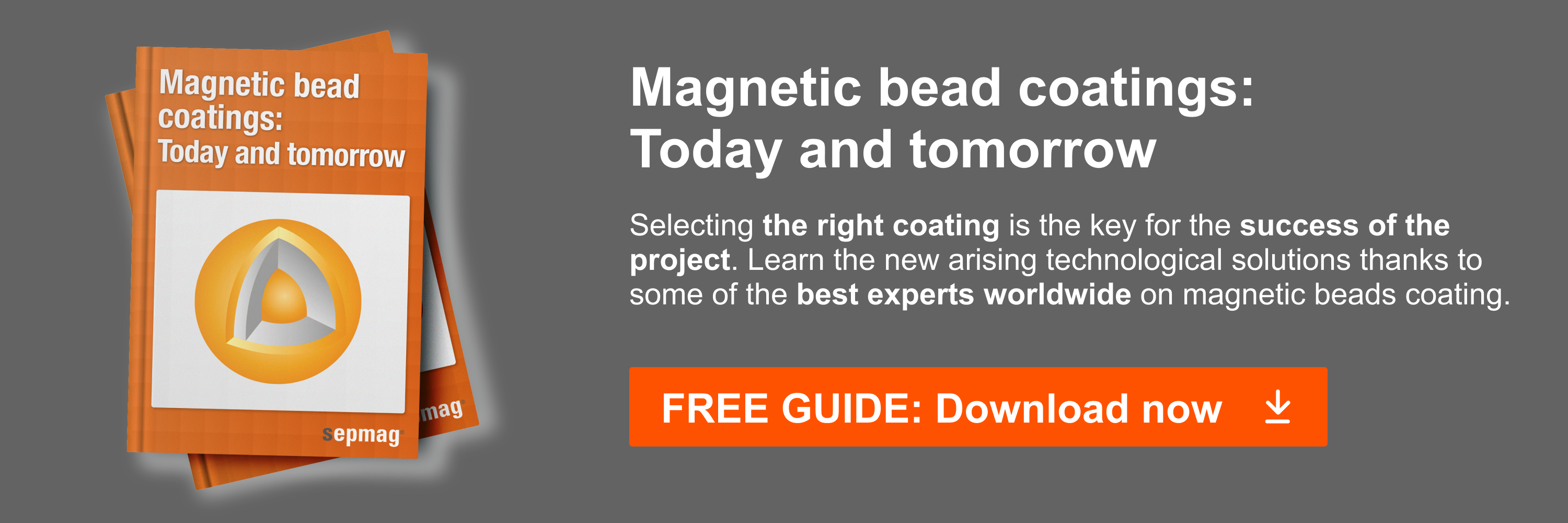Many bioengineering laboratories are actively researching how to produce synthetic or natural scaffolds seeded with human mesenchymal stem cells (MSCs). The aim of this work is to implant the structures into diseased or damaged sites and encourage healing by introducing a healthy pluripotent cell population on an anatomically correct form. Current research is particularly focused on including small molecules within the scaffold in order to steer MSCs to differentiate to a desired cell type. The number of possible combinations of scaffold material, biomolecular cues, and fabrication methods is vast and holds a lot of therapeutic potential.
Great, but what's next?
Instead of fabricating biodegradable scaffolds to support stem cells, scientists have been working to find ways to direct the growth of MSCs in such a way that the cells are the scaffold. Some laboratories have found success by controlling the growth of cells using micromagnets, but the colonies that form are spherical. The problem with the sphere is that the cells at the center have poor oxygen circulation and nutrient availability. In an attempt to expand the methods of using magnets to direct cell growth, researchers at the Matter and Complex Systems Laboratory in Paris, France recently published work demonstrating that a group of MSCs in culture media can be coaxed into a rod shape. This was accomplished by a combination of intracellular magnetic nanoparticles and external permanent magnets. Varying magnet strength, shape, and placement affected the final conformation of the MSC colony.
Can they only form a rod?
No! Perhaps the most intriguing part of the study lies in the behavior of the cells before the researchers found the optimal experimental conditions for rod formation. Initially, the cells were grown on a rectangular magnet. They would grow into a rod, but beginning at 3 hours of growth the ends of the rod would begin to curl. At 15 hours of growth the amount of curvature was so drastic that the colony looked like a snake eating its own tail. Upon further experimentation it became clear that the ends of the rod always curled away from the magnet. Light microscopy revealed that the cells closet to the magnet were packed closely together, while the cells further from the magnet were loosely associated. This planar difference in cell-cell tension explains why the structure curled. The curve relieved the excess force and permitted a lower energy state. The authors reasoned that changing the structure of the magnetic field to equally affect all cells would relieve the stress and allow the cells to grow into a straight rod. This is indeed what they found when four disk magnets were placed touching each other underneath the MSC colony. The rod shape was maintained for up to 2 weeks.
It seems that magnets are a powerful and tunable tool for controlling the 3D growth of mesenchymal stem cells, and they could play an integral role in the future of tissue engineering.
For more information about magnet strength and to view some excellent pictures, see the full article entitled “Magnetic engineering of stable rod-shaped stem cell aggregates: circumventing the pitfall of self-bending” published January 2, 2015 in the Royal Society of Chemistry. DOI: 10.1039/c4ib00219a
Related news:



